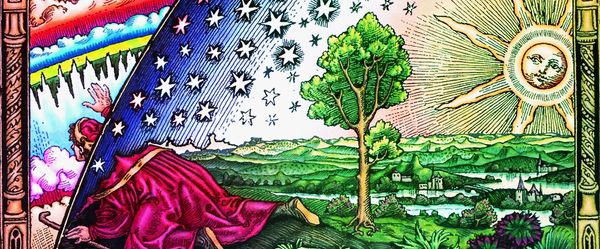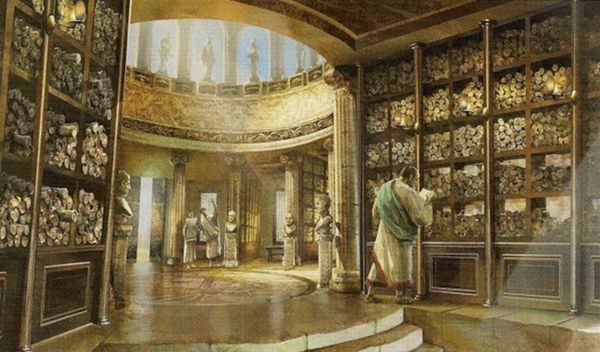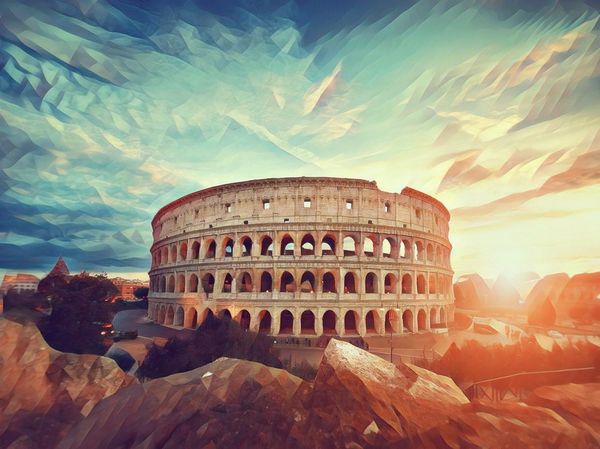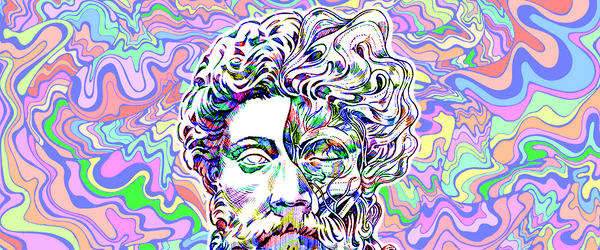Jordan Bates • • 11 min read
Hurt People Hurt People. Healed People Heal People.

“Hurt people hurt people. Healed people heal people.”
I first heard this maxim at some point in the past year, and it stuck.
I don’t know where it originated, but I think it contains profound truth.
Let’s put this aphorism under the microscope to explore its deep wisdom.
Hurt people hurt people.
What does this mean?
It means that hurtful people, in almost every case, are carrying deep pain.
At some point in their lives, they were on the receiving end of a lot of hurt.
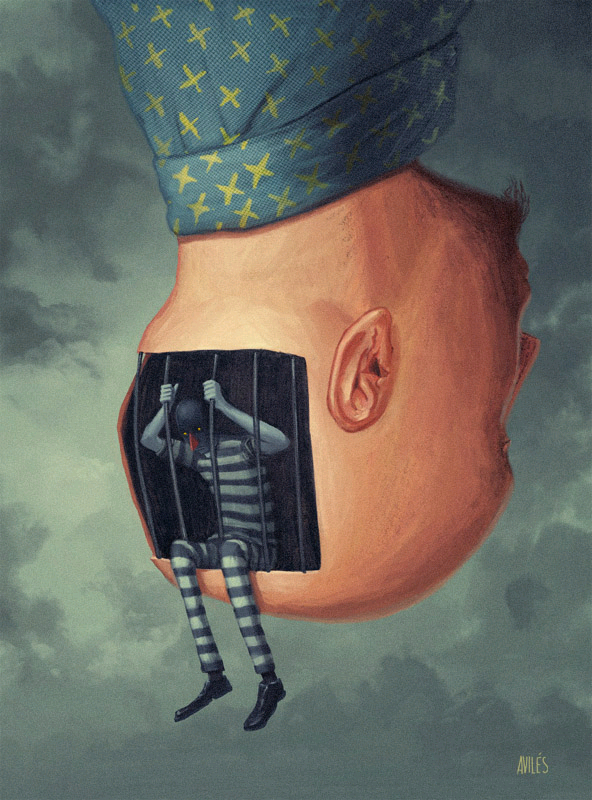
When we’re wounded deeply, especially as children, we often develop dysfunctional behaviors to cope with our trauma.
Sadly, traumatized people often reenact the same patterns that were played out by those who hurt them in the first place.
This is why traumas often become multi-generational: When your father was an alcoholic abuser, you’re much more likely to enact that pattern yourself, pass it on to your kids, and on and on.
It’s fascinating that those who receive a lot of hurt in life often turn around and give the same type of hurt to others.
One might wonder, “Wouldn’t such people be more likely to understand how shitty it was to be hurt in that way and therefore more determined to avoid enacting the same behavior?”
Sometimes, but it’s not as easy as simply being determined.
When we’re hurt very deeply, the pain sinks into our deep being—into our hearts, our bodies, our cellular memory.
On a deep, often unconscious level, our top priority becomes avoiding feeling that pain again. This often massively shapes our behavior in ways that are difficult to control.
For instance, if someone is bullied as a child and made to feel powerless, that person might themselves develop bullying tendencies, as a kind of “pre-emptive strike” tactic: That is, the person will subtly bully and assert dominance over those around them to always ensure that they have an upper hand—”I’ll get them before they get me,” the wounded child in the unconscious thinks.
There can also be a warped sense of ‘justice’ on an unconscious level. A person might consciously wish to avoid reenacting the hurtful behaviors that were inflicted upon them, but unconsciously they might feel resentful and think, “This happened to me, I had to deal with this, so other people should have to deal with this too.” And then without realizing it, they subtly reenact the behaviors they wish to avoid.
A final example: If someone receives inadequate attention and emotional support from a parent of the opposite sex while growing up, that person might become compulsively needy for attention and validation from the opposite sex, attempting to compensate for the void left by the parent’s insufficiencies. This neediness might lead to recklessly engaging in dysfunctional sexual or romantic relationships, developing codependencies, or overreacting to perceived inattentiveness. Through this process the hurt person will often further hurt themselves and others.
So the lesson here is that human behavior is complex and often has powerful roots in unconscious trauma, making it difficult to simply choose not to act in a particular way. And those who inflict terrible pain were once almost surely recipients of the same.
“If we could read the secret history of our enemies, we should find in each man’s life sorrow and suffering enough to disarm all hostility,” Henry Wadsworth Longfellow wrote.
In a similar vein, the Tibetain Buddhist teacher Mingyur Rinpoche has said, “If we could see the whole truth of any situation, our only response would be one of compassion.”
Hurt people hurt people. This little mantra can help us remember to imagine the “secret history” and “whole truth” behind hurtful actions.
The realization that “Hurt people hurt people” births deeper understanding and compassion for ourselves and others.
Because truth be told, we’re all hurt. We’re all traumatized, to varying degrees. We often associate “trauma” with only the most extreme instances of abuse, but this is a misleading conception: Deep wounding can occur from something as commonplace as being chosen last for a team during an early-childhood dodgeball game, or asking your crush to prom and getting turned down.
Life hurts. Life is hard. When we see that we’re all wounded and often unconsciously hurting each other as a result of our wounds, we can discover a certain tenderness for our human predicament. Behind the eyes of supposed monsters we can find wounded children: scared, fragile, trying to avoid pain.

By Shawn Coss
And we can have more compassion for ourselves when we make mistakes. We can notice when we slip up and cause harm, and instead of crucifying ourselves or denying that it happened, we can get curious about it.
We can feel into the energies and emotions that underlie our behavior; we can look at these parts of ourselves that are often hard to look at—what Pema Chödrön calls “the places that scare you“—with gentleness, inquisitiveness, and compassion. Often we will find that we acted out of fear—fear caused by prior wounds—and we can then discover a tenderness for the wounded child (or adult) within us who is afraid and acting out.
Furthermore, we can sit with this fear and the feelings of pain beneath it; we can look at these feelings calmly, in the light of relaxed, open, non-judgmental awareness. This is quite difficult to do, but often when we do this we find that the pain and fear begin to dissolve. Through this meditative process we become more aware of our emotions and behaviors and less likely to act unconsciously.
If we like, we can also seek out other means of healing and releasing our traumas: Psychotherapy, self-authoring, plant medicine work, creating art, breathwork, meditation, time in nature, ecstatic dance, inner child work, and other modalities are all powerful avenues through which we can begin to heal ourselves and release our burdens.
I have worked with most all of these modalities and found great value in them. I’ve also found tremendous value in simply learning to be the “witness” of my own mind and my own behaviors. By observing myself non-judgmentally, I’ve been able to bring many of my unconscious patterns into the light of awareness, and I have found that this alone tends to initiate a process of healing unconscious wounds and gradually letting go of behaviors that are not serving me. Awareness is immensely powerful.
Healed people heal people.
The second part of the maxim is, “Healed people heal people.”
Now, as I’ve just said, we are all hurt. We are all traumatized. I’m not sure anyone in the world is utterly and completely and irrevocably healed, and given the difficult nature of life, new wounds and traumas are likely to occur as the years roll on. This is perfectly okay.
It also seems true, though, that at any given time the humans on this planet exist on a wide spectrum in terms of the extent to which they are hurt VS healed. While some “lost souls” are utterly contorted by pain and living in a state of near-total unconsciousness, others have attained remarkably luminous states of being: uncommon degrees of wholeness, enlightenment, embodied awareness, self-realization. I have met beings in this world who seemed to me to be nearing ‘ascended master’ or ‘bodhisattva‘ status.
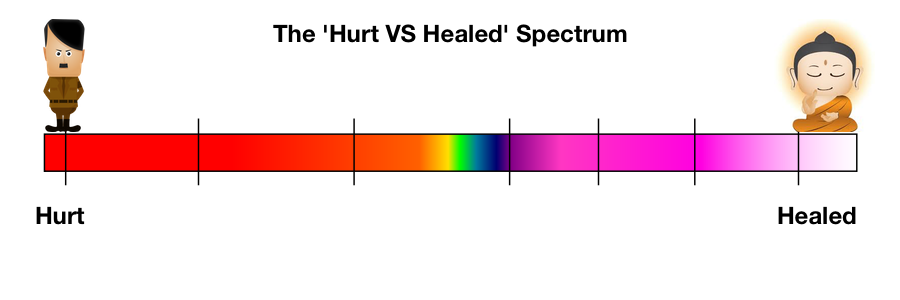
So humans exist on a wide spectrum, and some are much farther along the upward-spiraling path than others. This is not intended as a judgment of anyone, and I am not saying that anyone is inherently better or more valuable than anyone else.
Yet there does seem to be an upward-spiraling path of human development, and as you progress along this path—as you heal yourself and increase awareness—you increasingly become a healing presence in the world.
“The shaman is not merely a sick man, or a madman; he is a sick man who has healed himself,” Terence McKenna once said.
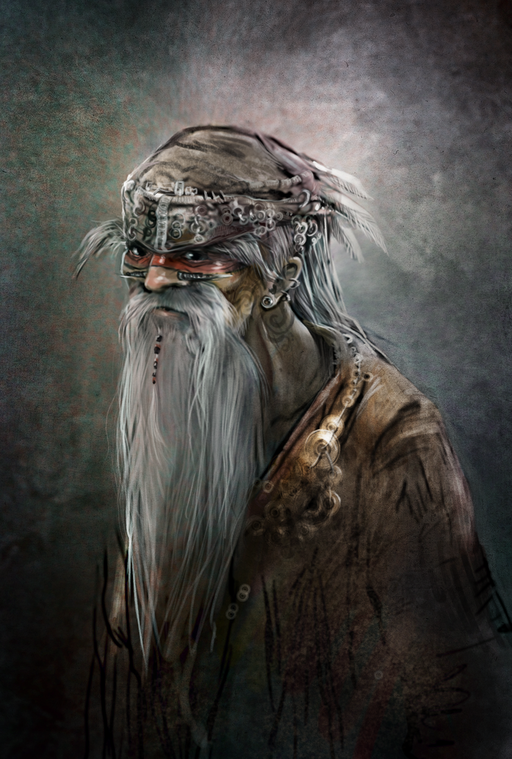
So the archetypal medicine (wo)man, or wise healer, according to McKenna, is a person who was once sick—and therefore knows what it is to be sick—but who has healed themselves. Having healed themselves, they are then able to assist in the healing of others.
Similarly, as we heal and release our traumas, and as we gain awareness of our patterns of thought, emotion, and behavior, we act less and less from a place of unconsciousness, and thus we cause less and less harm. As we gradually penetrate through our many layers of ego, persona, defense mechanisms, conditioning, and indoctrination, we begin to get in touch with our center: Unconditional love, the light of pure consciousness, the infinite wellspring of creative potential at the center of Being.
When we are in touch with this center and allowing it to flow through us and animate us—when our actions arise organically from this deep soul-level place—everything we do becomes increasingly infused with love, peace, joy, and creativity. We cease to force things, trusting ourselves to the flow of life, acting from a pure place, and loosening the grip of our expectations and attachments to particular outcomes. We surrender to the River of Being, and paradoxically, in surrendering—in letting go of control—we blossom into fuller and more honest expressions of ourselves.
As this process unfolds, we heal ourselves further, and our presence begins to heal others. Our way of being disarms people’s defenses and plants seeds within their minds that will sprout organically into a yearning to investigate their own experience more deeply. Without needing to speak explicitly about our process, we become akin to beacons signaling the truth that a different way of being is possible, magnetizing others who are ready for change.
“Therefore the Master
acts without doing anything
and teaches without saying anything.
Things arise and she lets them come;
things disappear and she lets them go.
She has but doesn’t possess,
acts but doesn’t expect.
When her work is done, she forgets it.
That is why it lasts forever.”
— Lao Tzu, Tao Te Ching, ~550BC
By simply radiating kindness and love, we are engaging in an act of deep service, contributing to the healing of humanity and of the planet, initiating ripple effects that extend beyond what we might imagine.
It may sound cliche, but love truly is the most powerful healing force in the world. Simply spending time with people who listen carefully and non-judgmentally—who truly endeavor to see and understand the heart of another—is immensely healing for human beings.
“Love, love, love! That’s all you have to know to be a healer,” wrote the visionary Mary Baker Eddy.
And in the early 20th century, unheeded by most of his profession, Scottish psychiatrist Ian Suttie concluded that, “The physician’s love heals the patient.”
Throughout history many have left breadcrumbs pointing to the truth of the astounding healing power of love and compassion.
And it’s key to realize that we become increasingly capable of acting from a place of love as we heal ourselves and increase our awareness. Only a person who is truly centered and clear within themselves can consistently meet the unconscious and hurtful words and behaviors of others with unwavering kindness and compassion. This is akin to a superpower.
But again, we don’t have to be Jesus or the Buddha in order to become a healing presence in the world. I imagine there’s a certain threshold on the ‘hurt VS healed’ spectrum after which the net effect of one’s existence is to heal more than hurt; we might refer to this threshold as our “minimum-viable healing presence.” ; )
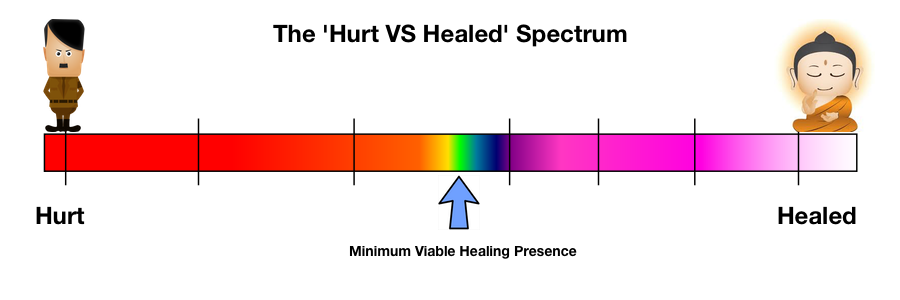
Half-jokes aside, I imagine by now the point is abundantly clear: The more you heal yourself, the more your presence will heal others.
Let People Be Where They Are
Hurt people hurt people. Healed people heal people.
Within these eight words lies tremendous perspective.
I hope I’ve now illuminated a portion of the vast wisdom contained in this phrase.
Wherever these words find you, know that it’s perfectly okay to be wherever you are right now.
It’s also perfectly okay for other people to be exactly where they are right now.
As it says in The Kybalion, “We are all on The Path—and the road leads upward ever, with frequent resting places.”
I would add that in addition to frequent resting places, there are also intermittent detours, backtracks, regressions. It’s a trip, man.
The Path is winding, yet we do seem gradually to find our way upward. Life and Being seem to have an inborn drive to evolve—to move in the direction of greater complexity, novelty, capacity, sophistication, and perhaps even understanding, wisdom, and love.
The Path is long, though. We have to be patient with ourselves and others. A vital lesson I’ve learned is that we must let people be where they are. People will not change or heal until they decide to initiate the process; the motivation has to come from within.
What we can do is endeavor to heal ourselves and increase our own awareness, so that we might become clearer mirrors, better able to reflect the truth of situations. As we do this, we will naturally plant seeds and leave breadcrumbs wherever we go—and these clues, if we’re lucky, will lead others toward healing and liberation. Note, though, that hints are often best dispensed subtly or indirectly; you will not get far trying to force-feed “wisdom” to people.
We can also do/create useful and beautiful things from a place of love: Acts of service and kindness, works of art, compassionate organizations, experimental permaculture communes, books of wisdom, non-dogmatic cultures, more humane technologies, regenerative systems, and so on and so forth. Acting and creating from a place of love heals humanity and contributes to a sustainable future.
Remain Humble and Uncover Your Own Shadow
And in all things remain humble, forever aware of humanity’s limitless capacity for self-delusion. Often the beings most convinced of their own Light carry the densest Shadows. Never forget this.
“He who fights monsters should see to it that in the process he does not become a monster,” as Nietzsche so deliciously put it. Or take Alexander Solzhenitsyn’s wise appraisal of the line between good and evil (I like to imagine him saying this in a sudden outburst among polite company at a dinner party):
“If only it were all so simple! If only there were evil people somewhere insidiously committing evil deeds, and it were necessary only to separate them from the rest of us and destroy them. But the line dividing good and evil cuts through the heart of every human being. And who is willing to destroy a piece of his own heart?”
Really though, this is damn stirring food for thought. Lest we get the idea that we’re simply Beings of Light or Totally Irrevocably Healed or something, Solzhenitsyn is like, “Fools! Remain forever vigilant, for the shadows you perceive outside yourselves exist within your very hearts!” This is a humbling and unsettling dose of truth.
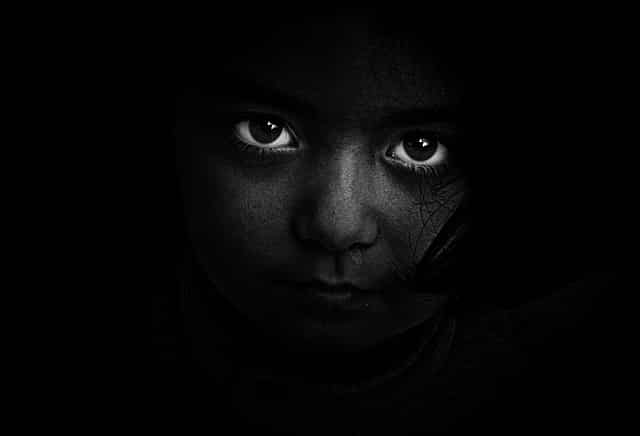
Perhaps the solution is not to destroy a piece of our hearts, but rather to see that “good” and “evil” correspond closely with “healed” and “hurt.” Perhaps the solution is to bring the hurt, shadowy parts of ourselves into the light of awareness—to accept, integrate, and love these wounded pieces of ourselves, thereby neutralizing, healing, or transmuting them. Jung’s words come to mind:
“One does not become enlightened by imagining figures of light, but by making the darkness conscious.”
And Rilke’s:
“Perhaps everything that frightens us is, in its deepest essence, something helpless that wants our love.”
Mmmm, yeah, that’s the good stuff.
Once more, it’s crucial to remain humble, recognizing that the path toward healing, wholeness, and enlightenment is never-ending. There is always more to discover.
Best wishes on the winding Path. May you grow with the flow and find countless auspicious blessings and surprises. And have plenty of fun in the process.
I wish you gentleness, compassion, and curiosity toward yourself and others.
With Love,
Jordan
If you appreciated this post and wish to go deeper, I recommend this article on trauma by Jon Brooks, this article on Jung and the Shadow by Jack E. Othon, and this article series on the Shadow by David Chapman.
I also highly recommend the books When Things Fall Apart: Heart Advice for Difficult Times and The Places That Scare You: A Guide to Fearlessness in Difficult Times, both written by the wonderful Buddhist nun, Pema Chödrön.
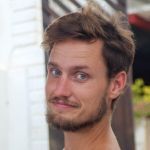
Jordan Bates
Jordan Bates is a lover of God, father, leadership coach, heart healer, writer, artist, and long-time co-creator of HighExistence. — www.jordanbates.life

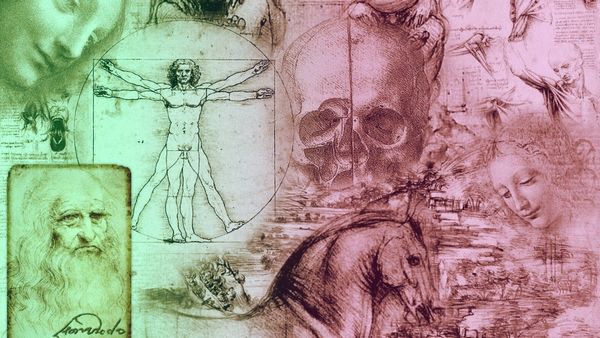
![Seneca’s Groundless Fears: 11 Stoic Principles for Overcoming Panic [Video]](/content/images/size/w600/wp-content/uploads/2020/04/seneca.png)


